The combo of these two destinations packs quite a punch, incorporating the source of the Nile, the home of the great apes, and a poignant human side to it all to boot.
No one put it better than Winston Churchill when he said ‘for magnificence, for variety of form and colour, for profusion of brilliant life - bird, insect, reptile, beast - for vast scale - Uganda is truly the Pearl of Africa’. Indeed, it is hard to do justice to a country that has quite so much to offer - and as for its miniature neighbour Rwanda, whose size belies its apparently infinite diversity and beauty, one could say much the same.
Best time to travel: June through August, and December through February.























.jpg)
.jpg)
.jpg)
.jpg)
.jpg)


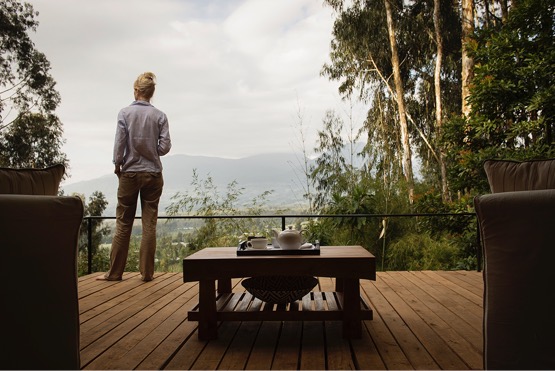

.jpg)
.jpg)

.jpg)
.jpg)
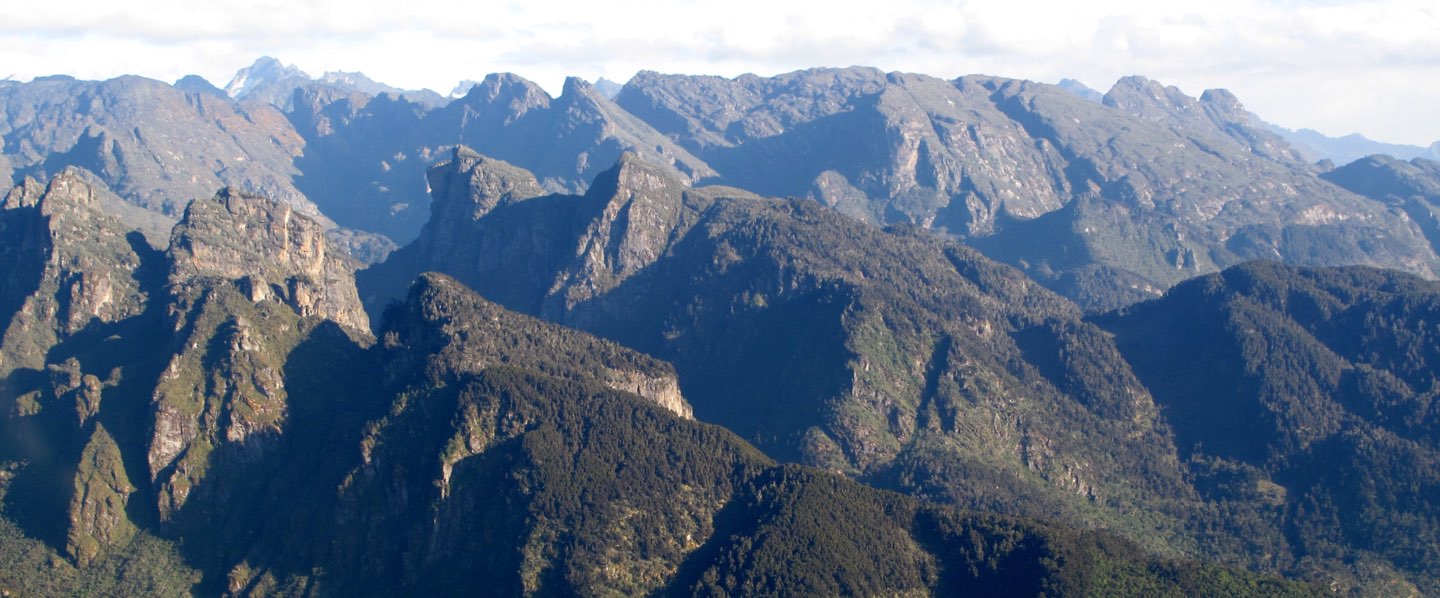
.jpg)
.jpg)
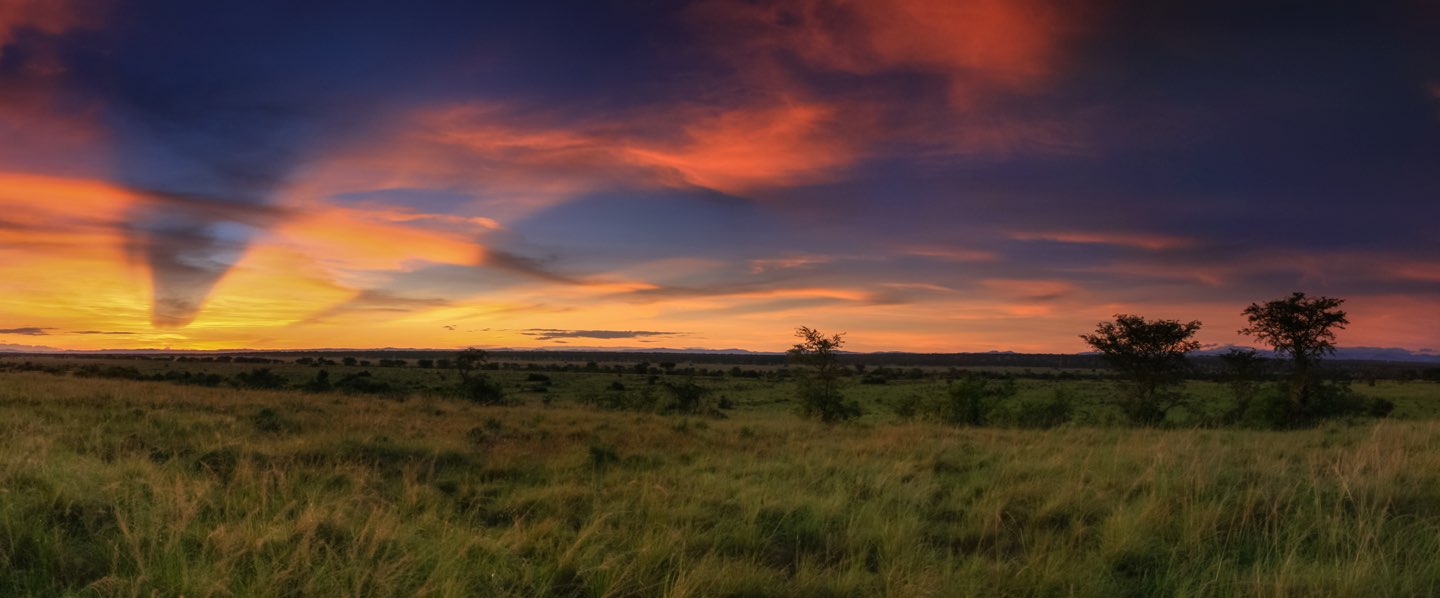
.jpg)
.jpg)
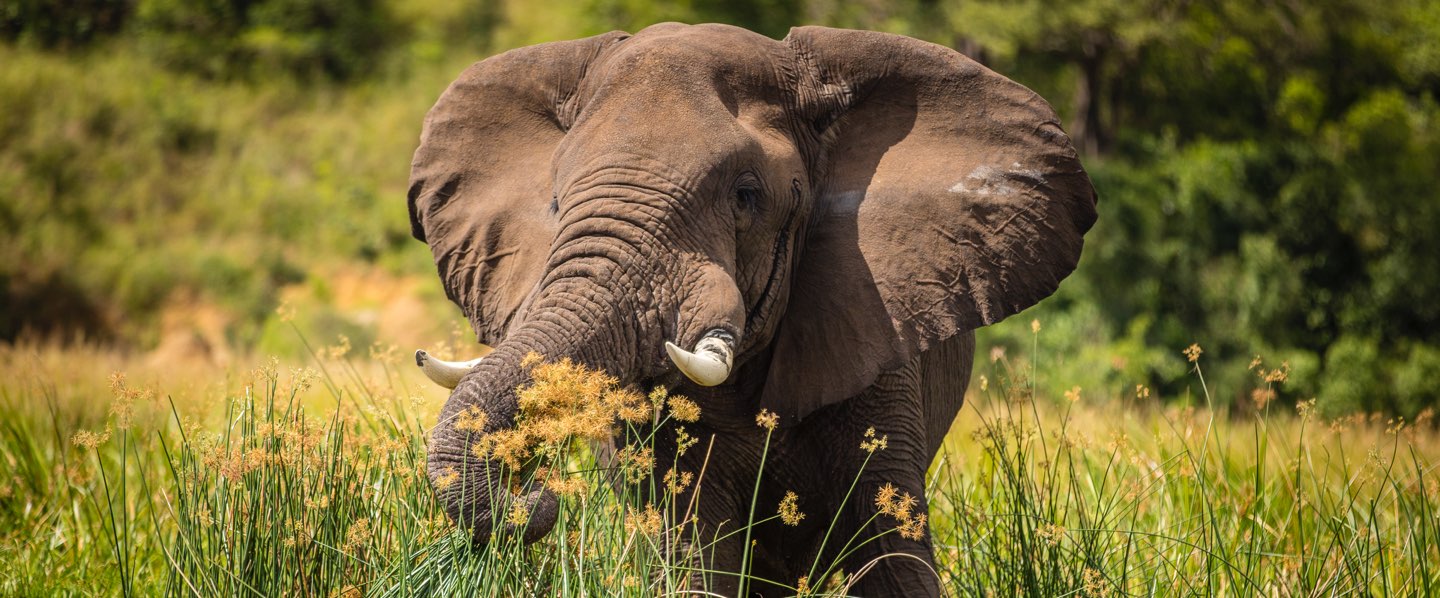
.jpg)
.jpg)
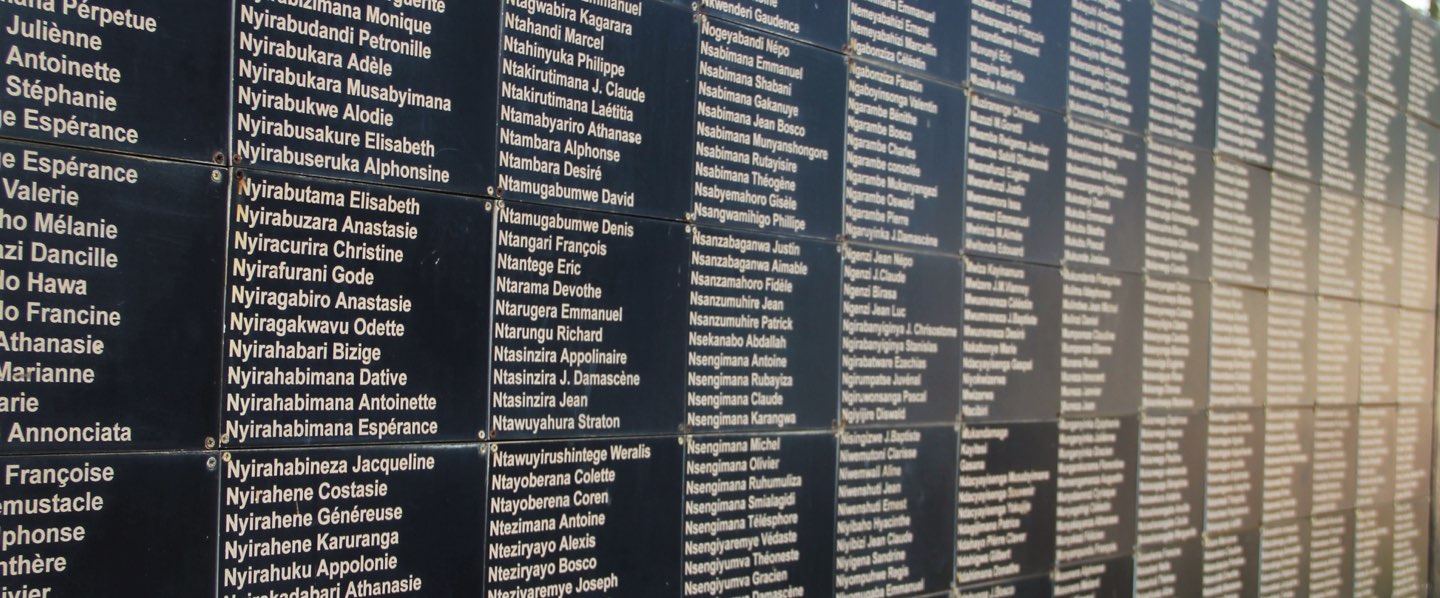
.jpg)
.jpg)